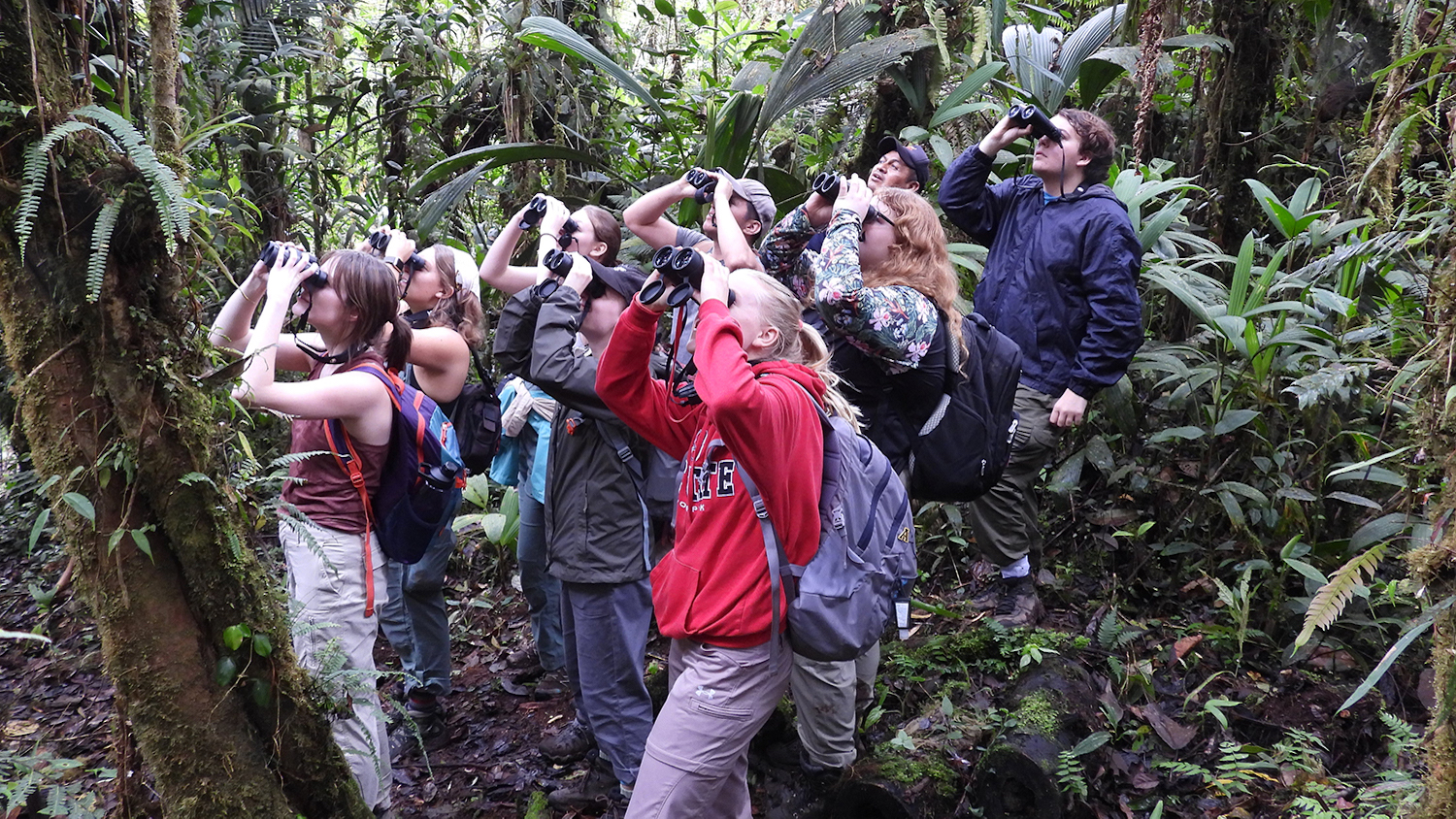Last Updated on February 9, 2023 by tawhid
The Andes Mountains are home to a variety of natural resources that have been used by humans for centuries. These resources include gold, silver, copper, tin, lead, and zinc. The Andes also have a large deposit of lithium, which is used in batteries and other electronic devices.
There are also deposits of coal, oil, natural gas, and uranium in the Andes.
The Andes Mountains are home to a variety of natural resources that can be used by humans. These resources include water, minerals, timber, and agricultural land. Water is an important resource for any population, and the Andes Mountains have plenty of it.
The mountains are home to many rivers and lakes, which provide water for drinking, irrigation, and hydroelectric power. In addition, the melting snow from the mountains provides a significant amount of water for both human and ecological needs downstream. Minerals are another valuable resource found in the Andes Mountains.
The most well-known mineral mined from the Andes is gold, but other minerals such as silver, copper, iron, and zinc are also present in the mountains. These minerals are extracted from mines located throughout the range and provide jobs for many people in the region. Timber is another major natural resource found in the Andes Mountains.
The forests of the Andes are home to a variety of tree species that are harvested for their wood. This timber is used in construction, furniture making, paper production, and other industries. In addition to providing economic benefits, these forests also play an important role in preserving biodiversity and regulating local climate patterns.
Agricultural land is also found in abundance in theAndes Mountains . The high altitude and temperate climate of the mountains make them ideal for growing crops such as potatoes , wheat , corn , barley , and quinoa . These crops provide food for both local populations and export markets .
The agricultural industry also supports jobs related to transportation , marketing ,and processing .

Credit: cnr.ncsu.edu
What are the Andes Mountains
The Andes mountains are the longest mountain range in the world, stretching for over 7,000 kilometers (4,300 miles) from north to south. The Andes mountains are located in South America and run through seven countries: Venezuela, Colombia, Ecuador, Peru, Bolivia, Chile and Argentina. The highest peak in the Andes is Aconcagua in Argentina which stands at 6,962 meters (22,841 feet).
The Andes mountain range was formed around 55 million years ago when the Nazca Plate collided with the South American Plate. This collision caused the rocks of the Nazca Plate to be pushed up and over the rocks of the South American Plate. The process of uplifting continues today and causes earthquakes in the region.
The climate of the Andes varies depending on altitude. At lower altitudes (up to 3,000 meters or 9,800 feet), it is generally warm and humid with temperatures ranging from 20-25 degrees Celsius (68-77 degrees Fahrenheit). As you go higher up in altitude, temperatures get cooler until you reach the snow line which is around 5,500 meters (18,000 feet).
Above this altitude it is permanently cold and snowy.
One of the most famous features of the Andes mountains are their many volcanoes. There are over 500 volcanoes in total!
Some of these volcanoes are still active today such as Cotopaxi in Ecuador which last erupted in 2015.
The Range Extends from North to South Through Seven Countries: Venezuela, Colombia, Ecuador, Peru, Bolivia, Chile, And Argentina
The Andes mountain range is one of the most iconic and well-known ranges in the world. Stretching over 7,000km from north to south, the Andes span seven countries – Venezuela, Colombia, Ecuador, Peru, Bolivia, Chile, and Argentina. The range is home to some of the world’s highest peaks, including Mount Aconcagua (6,962m) in Argentina and Mount Chimborazo (6,268m) in Ecuador.
The Andes are a truly remarkable mountain range that offer something for everyone. Whether you’re a seasoned mountaineer looking to tackle one of the many challenging peaks or a casual hiker looking to enjoy stunning scenery and wildlife, the Andes have it all. So why not start planning your next adventure today?
What Natural Resources are Available in the Andes Mountains
The Andes Mountains are home to a wealth of natural resources. Minerals such as copper, gold, and silver can be found in the mountains, while oil and gas reserves are also present. Timber is another important resource that is harvested from the Andean forests.
The Andes are also an important source of water for South America. Several major rivers, including the Amazon, originate in the mountains. Hydroelectric power plants harness the power of these rivers to generate electricity.
Peru’s Geography is CRAZY
What Natural Resources are Available in the Andes Mountains Quizlet
Andes Mountains are the world’s longest mountain range and are located in South America. This range runs along the western coast of the continent from Venezuela all the way to Chile. The Andes are home to many different types of natural resources, including:
Water: There are numerous rivers and lakes located throughout the Andes, making it a major source of fresh water for South America.
Minerals: The Andes contain large deposits of minerals, such as copper, gold, and silver. These minerals have been mined for centuries and continue to be a major economic activity in the region.
Timber: The Andean forests provide a valuable source of timber that is used for construction and other purposes.
Agricultural land: The fertile soils of the Andes support a wide variety of crops, such as potatoes, corn, and wheat. Livestock grazing is also common in this mountainous region.
Conclusion
The Andes Mountains are home to a variety of natural resources, including timber, water, minerals, and oil. The mountains also provide grazing land for livestock and opportunities for recreation and tourism.
